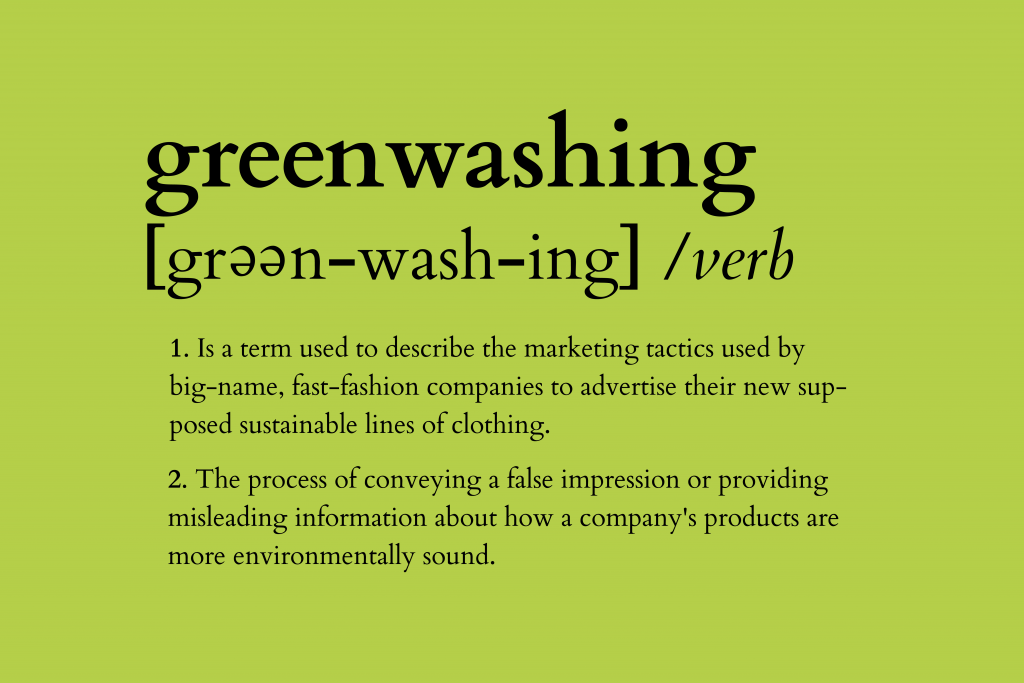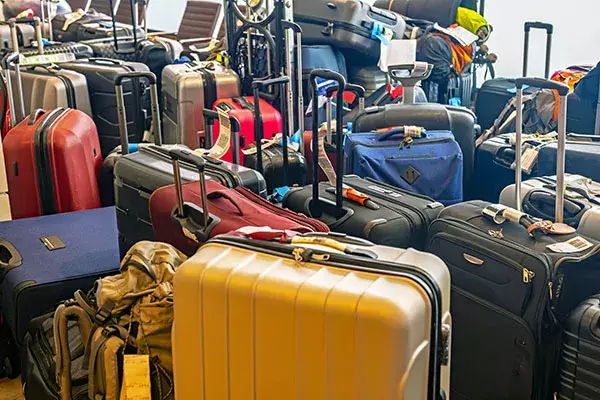24 February 2023 | Blog
Airline disruption caused by the sustainability agenda
24 February 2023 | Blog
Airline disruption caused by the sustainability agenda
Passenger numbers are returning faster than expected, but with both aircraft capacity and demand on the rise, the climate crisis will influence how governments and the industry adapt. In the first of his blog series, Alex Thornton sets the scene on the goal of climate action within the sustainability agenda and what airlines – and the industry as a whole - must consider if we are to meet net-zero carbon emissions by 2050 without causing more disruption.
COP27 once again shone a spotlight on sustainability and the need to reduce the carbon footprint of travel. A continued priority for the aviation industry, working with worldwide governments and the UN, UK aviation has committed to achieving net zero carbon emissions by 2050. A climate report by The Travel Foundation has validated this commitment to be “woefully inadequate”, urging governments to co-ordinate globally to consider the huge investment required to meet this target in future.
2022 also saw extreme disruption for passengers. Think Schiphol Airport, which was all over the media with unprecedented operational impact caused by staff shortages throughout the region’s peak summer period. This put pressure on the airport to cut the number of flights by more than 10 per cent to 440,000 a year, reducing the impact on ground staff. And in turn, airlines were forced to reduce their capacity, so flight schedules were constantly changing. The “Ripple Effect” of this decision was far-reaching, as airlines had to look at how their networks and hubs work with capacity restraints and reduced frequency.
The result of this type of restriction is also a sign of what is to come when environmentally driven decisions without industry-wide consensus will result in multiple country-by-country siloed reactions to sustainability regulations. The same thing happened with the response to the COVID-19 outbreak and we all know the devastating impact that had on our industry’s recovery.
Airlines must think about how they contribute as an industry to bringing down emissions, for example with Sustainable Aviation Fuel (SAF), Hybrid battery-SAF and Hydrogen technologies. In this blog, I look at the sustainability agenda and how technology can help airlines plan for reducing emissions in the future.
What is the sustainability agenda?
It begins with making a commitment to incorporating social, environmental, economic and ethical factors into a company’s strategic decision-making. It extends to evaluating how these factors affect the business — including all its stakeholders — and what risks and opportunities these factors present. Finally, the sustainability agenda asks businesses to adopt measures to mitigate risks and take advantage of opportunities. Source: PwC
Since December 2021, when the Australian borders reopened, my carbon footprint has gone off the chart. This year, I have flown five return trips to Europe; all of them for priceless occasions with family and friends. My travel involved long, medium and short-haul travel where I could not take advantage of public transport, though this is my preferred option wherever possible.
Unashamedly, I am an avgeek; passionate about the benefits of air travel and inter-cultural exchanges, broadening one’s understanding and respect for other cultures. After-all, I am a Greek, British, Australian who left home at 16 and only came back for what we abbreviate in the industry as VFR (visit friends and relatives).
Greenwashing has become an issue

I am part of the 20% of the world’s population that flies regularly and contributes to 2.5% of global CO2 emissions. I recently saw articles on social media flight shaming travellers and accusing various airlines of greenwashing. Sadly, I have to agree that our industry is one of many that has contributed to a recent culture of greenwashing. In my opinion, it is shameful, distracting, and irresponsible when an airline encourages its passengers to pay to offset their carbon footprint without being clear on what they are doing with this money.
As cheaper fares come back, the aviation industry needs to come together and fight misconceptions about its position on emissions and damage to the environment. We must be transparent and honest about what we damage vs. what we contribute to the planet. As an industry we must be proud of the technological leaps we have made and are making since the late 1950s.
How can airlines solve this?
Airlines can enable passengers to make their own choices about how they manage their booking, for example declining a meal on a long-haul flight. This can be done using automated templates that be dynamically populated and triggered automatically to the passenger post booking, for example an email showing their flight Itinerary and receipt. This gives the passenger control and, in the example of declining meals, helps the airline in reducing weight on the aircraft.
Is business travel back?
The pandemic presented all of us with the opportunity to stop and take stock of why we were running from one meeting to another, sometimes because we were simply expected to. The great resignation showed us that people value their lives and families more than their bosses or shareholders. This also resulted in companies around the world rethinking whether meeting face-to-face was as necessary as they once thought.
Coupled with low capacity and high air fares, some of us could not afford to travel as far and as often as we previously could.
Come the start of 2023 and I get the feeling that we are becoming restless to meet more of our colleagues and customers again – is the novelty of Zoom wearing off? We have adjusted ourselves, created respectful boundaries with our employers and we are now preparing for the next ‘norm’. All indicators point to a busy 2023 flight schedule where capacity will increase and give more opportunities for people to fly for both business and leisure.
Passengers travelling for business have even more expectation on airlines keeping them informed of disruption and the ability to manage their journeys and to self-serve via the airline’s mobile app or mobile booking journey.
The future of air travel is bright
I am privileged to have witnessed the evolution of the jet age. We are now flying on aircraft made of composite materials, burning up to 50% less fuel. We will, probably in the not-too-distant future, see hybrid, electric and hydrogen aircraft take to the skies, reducing our reliance on fossil fuels and freeing us from the one-way ticket to self-destruction.
The next evolution of flight is already on its way: The recent flight of the battery-operated Eviation Alice is proof that we are making leaps towards a new, better approach to propulsion.
Hydrogen-electric is also moving in a fast parallel to battery-operated power. It might be a winner; but irrespective we are witnessing a revolution happening that will dramatically change how we will fly in the future. Airlines and other entities are making investments into such companies to support this evolution. The question is, which technology will prevail and win in the end? Or is it a matter of using a bit of everything? I for one am excited to see what happens next...





